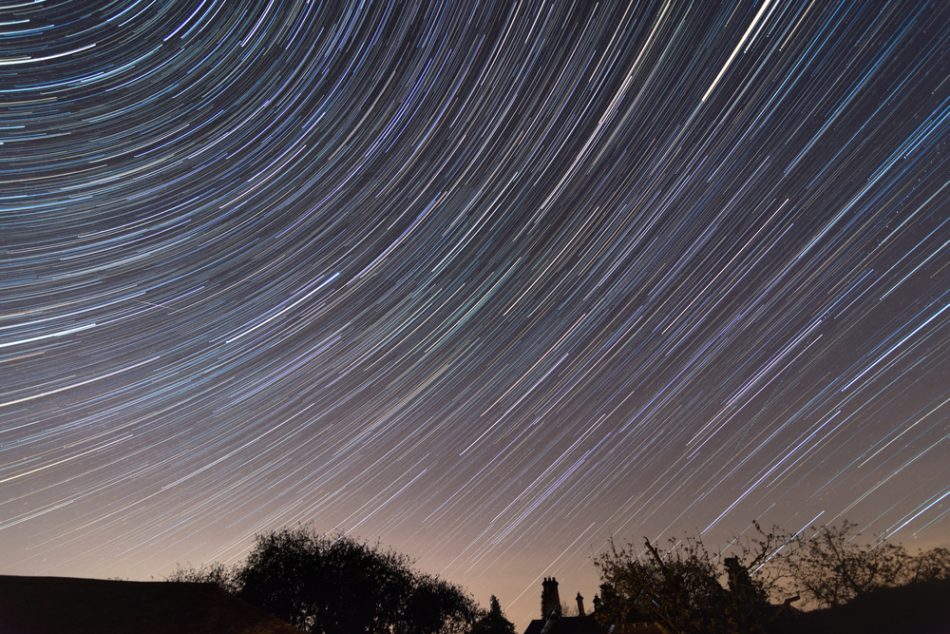Earth Day is an international celebration of our beautiful planet and a reminder of what steps we need to take to save it. The date marks the anniversary of the birth of the modern environmental movement which started in 1970.
This Earth Day, the stars have aligned (so to speak) to bring us the peak of the Lyrid meteor shower on the same date. Seeing these celestial objects burst through our sky is the perfect opportunity for a late-night family outing, a romantic break of dawn date, or a reason to brush up on your astronomy skills.
What is the Lyrid meteor shower?
This annual meteor shower takes place every April and was created from a comet. The shooting stars we see are shards of space dust that have been flung from the comet Thatcher in its orbit around the Sun. When Earth passes through this dust trail, the debris collides with Earth’s atmosphere and disintegrates. The result is a fiery and colorful display across our night sky.
Describing the phenomenon as a trail of dust and debris may take some of the glamor out of it, but there is a lesson here about perceived trash and the joys and uses it can still bring us.
What are some tips to catch the Lyrids?
The prime time to view the meteor shower is between April 21st and April 23rd, with its peak being predicted around midnight on April 22nd morning.
Because of the position of the moon, the best conditions for stargazing will most likely be on the evening of April 22nd and into the next morning. Catching the show before moonrise is possible, alternatively, sitting in the shadow of a building or tree will also increase your visibility if you are viewing under the moonlight.
You will probably want to locate yourself in a place with as little light pollution as possible. The light emitted from big cities can restrict your view so it might be worth hopping in the car to a darker area. If you need a little help deciding which direction to go, DarkSiteFinder is a light pollution map that can help you find the perfect stargazing spot.
The number of meteors per hour usually ranges from 10 to 15, although this can be unpredictable, and sometimes up to 100 are visible. A great tip is to allow 30 minutes of adjustment time before you expect to see anything. If you live in a city or have been recently using an electronic device, your eyes need to adjust to the darkness. Putting your phone on dark mode to filter out the blue light is a great way to get your eyes stargazing ready!
If you ask us, there’s no better way to celebrate our life-giving planet than to be reminded of the glorious and vast world in which it exists. When you start to consider how small we are in comparison, it makes you realize how lucky we are to be here.











